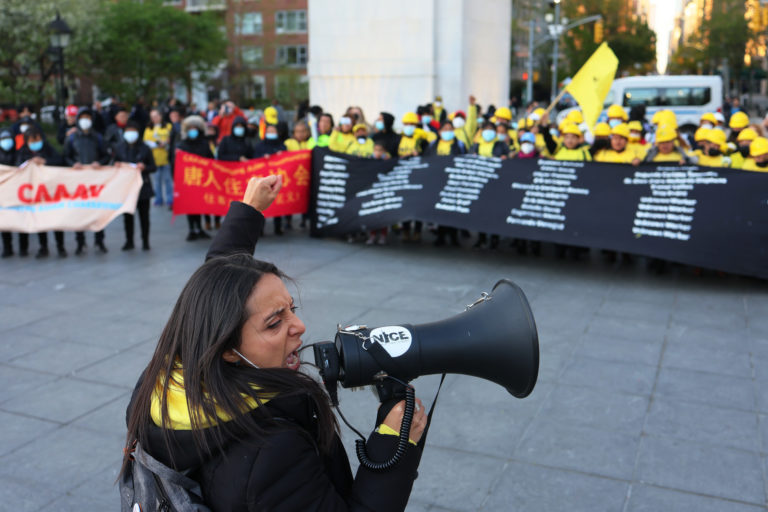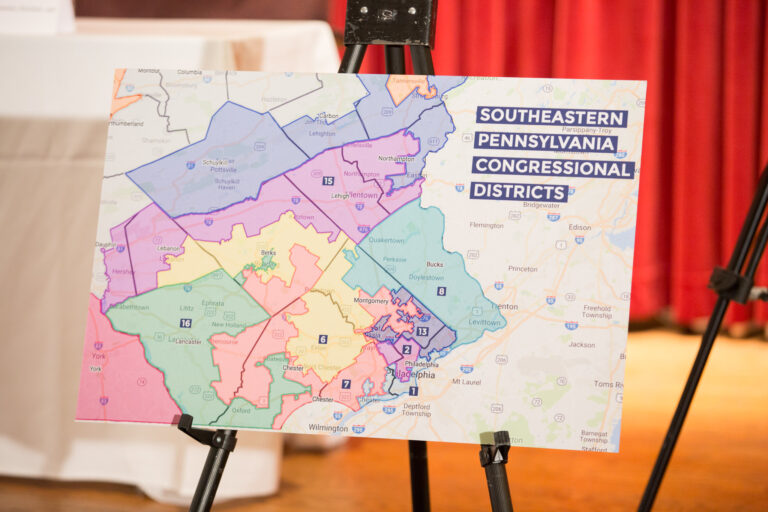
Holden Hopkins is a student at Harvard Law School.
In today’s news and commentary, Boston University Graduate Workers are striking today, Michigan House staffers are organizing their own union drive, and new data reveals the economic benefits of unionization.
On March 12th, the Boston University Graduate Students Union (BUGWU) voted overwhelmingly to authorize today’s strike. Negotiations had been ongoing with Boston University, though the union says the latest offers from management have not come close to meeting the demands of graduate workers. In addition to raises which BUGWU claims are necessary to meet the cost of living in Boston, workers are seeking job security provisions, childcare, and better health and dental benefits. Today’s strike is beginning with a noon “Launch Rally” at BU’s Marsh Plaza, and is set to continue with pickets every weekday.
The Michigan Legislature has been the source of key legislative victories for labor recently, most notably including their repeal of the State’s “right-to-work” law last year. Now, legislative staffers in the Michigan House are pushing for union representation. At issue for the staffers include pay disparities, long hours, and high turnover rates.
Bloomberg Law’s Quarterly Union Wage Data report shows that new contracts signed in 2023 by a number of unions have resulted in the highest average first-year wage increase since 1988, when tracking began. On average, union workers will earn 6.6% more this year as a result of those contracts, and 7.3% more when lump-sum payments like signing bonuses are included.
This report comes on the heels of another recent analysis of 2022 Federal Reserve and BLS data conducted by the Center for American Progress which found a “wealth gap” between union and non-union households. That study found that unionized workers make about 10%-20% more than their non-union peers. The benefits are not solely being felt by union members, however. As Sunah and Will reported last year, several non-union automakers granted their workers raises in the wake of the UAW’s contract with the “Big Three” automakers.
The AFL-CIO summed up the recent data findings in a tweet, stating, “When we fight together, it pays off—literally.”






Daily News & Commentary
Start your day with our roundup of the latest labor developments. See all
December 19
Labor law professors file an amici curiae and the NLRB regains quorum.
December 18
New Jersey adopts disparate impact rules; Teamsters oppose railroad merger; court pauses more shutdown layoffs.
December 17
The TSA suspends a labor union representing 47,000 officers for a second time; the Trump administration seeks to recruit over 1,000 artificial intelligence experts to the federal workforce; and the New York Times reports on the tumultuous changes that U.S. labor relations has seen over the past year.
December 16
Second Circuit affirms dismissal of former collegiate athletes’ antitrust suit; UPS will invest $120 million in truck-unloading robots; Sharon Block argues there are reasons for optimism about labor’s future.
December 15
Advocating a private right of action for the NLRA, 11th Circuit criticizes McDonnell Douglas, Congress considers amending WARN Act.
December 12
OH vetoes bill weakening child labor protections; UT repeals public-sector bargaining ban; SCOTUS takes up case on post-arbitration award jurisdiction